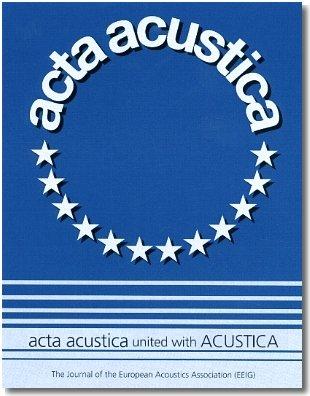
O.C. Rodríguez orodrig@ualg.pt
S.M. Jesus sjesus@ualg.pt
SiPLAB-FCT, Universidade do Algarve,
Campus de Gambelas,
PT-8005-139 Faro, Portugal.
Comments: download pdf file.
Ref.: Acta Acustica united with Acustica, vol. 88,
pp.761-762, 2002.
Abstract
Travel time inversion is a fundamental method of Ocean Acoustic Tomography,
to estimate perturbations in sound speed. By discretizing the watercolumn
into a system of layers, the method allows to introduce a system of linear
equations, relating a known vector of perturbations in travel time, to an
unknown vector of perturbations in sound speed, through the so-called ``observation
matrix''. Inverting the system allows to estinate the perturbation in sound
speed in each layer of the watercolumn. However, in most problems of practical
interest, the number of unknowns (i.e. the perturbations in sound speed)
is larger than the number of equations (i.e. the number of delays in travel
time). Thus, inverting the sytem can be viewed as an ill-posed problem. The
discussion presented in this paper illustrates an approach to the inversion
problem, which is based on the usage of theoretical modes. Further, it is
shown that for a range-dependent perturbation in sound speed, corresponding
to a superposition of plane waves, the inversion problem can be regularized
(i.e. the system can be written in order to deal with more equations than
unknowns) by estimating only the amplitudes and phases of the linear waves.
Particular examples are given for real data.